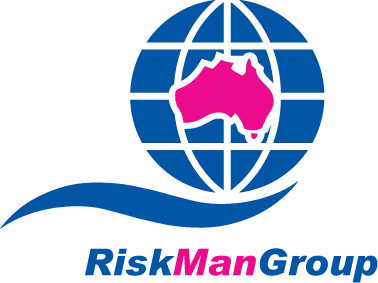Context
This case study involves a global consulting firm assisting public and private clients to plan, develop, design, construct, operate and maintain hundreds of critical infrastructure projects around the world. The firm had been acquired by a northern hemisphere multinational a few years prior and changing global financial conditions and the commencement of the formal integration process created acute pressure for significant structural change.
FY2012 saw 7% redundancy; FY2013 saw three structural changes, two changes in managing directors and the downsizing of six business units to two. This acute change increased the redundancy rate from 7% in FY2012 to 30% in FY2013.
Process
The resizing process was considered comprehensive, rigorous, reliable and led to no formal complaints. This is a positive outcome considering the internal cultural dynamics at the time. Consistent consultation, scripts for discussion and specialist support were critical to the outcome achieved. The key areas for improvement were communication to other employees and redeployment for affected employees.
The issues of equity and consistency in the application of the process and redundancy related payments were the key areas of risk for formal complaints. Most redundancies involved employees with greater than five years’ service and reflected a 2:1 male/female ratio.
Key Findings
The decision makers need to keep their line managers informed and communicate in a timely manner. A people specialist is essential to ensure that conversations are clear, concise and correct, however the manager should always be held responsible for the outcome.
The roles and accountability of the manager needs to be coached and based on a clear policy/ process.
The framework around identifying redundant roles needs to be thorough and robust; consistency and equity will significantly reduce risks.
Employees on temporary visas need to be treated differently and identified in the redundancy framework.
A clear position needs to be made on mobile phones, laptops and other equipment, which may be the subject of continued possession, by the employee.
A script for managers conducting the conversation is essential, as is appropriate coaching and if required a people professional to be part of the conversation.
The payroll will need to be able to provide accurate information on termination payments.
When the smoke clears
Once the changes have been implemented it is important to consider the remaining team; their morale and their thoughts about the future. A process to reengage and to expedite functionality is strongly recommended. The following outline is the Team Reset program designed specifically for immediate post restructure engagement:
‘This one day program of facilitated conversations is designed to support teams who have been through periods of dysfunction to rebuild. The exercises can be tailored to suit any team. While the workshop is designed as a one day program of facilitation, it is to be considered the foundation of building a strong, high functioning team. It is recommended that follow up team building exercises are built into regular team meetings and group functions to ensure the process of building positive and collaborative behaviours is an ongoing part of business as usual activities.’
Summary
A significant redundancy program can be effectively conducted with minimal to no formal negative consequences for the organisation. Constructing a redundancy framework based on leadership accountability, communication, consultation and perceived equity mitigated the key risk factors identified in this case study.
The influence and effectiveness of specialised people support was also acknowledged as an effective risk mitigation tool. A key point for consideration is the legacy to those remaining if nothing further is done once the changes have been made.

Leave a reply
You must be logged in to post a comment.